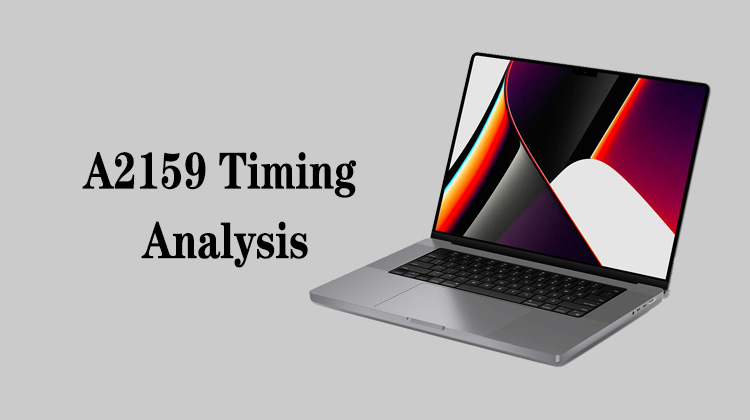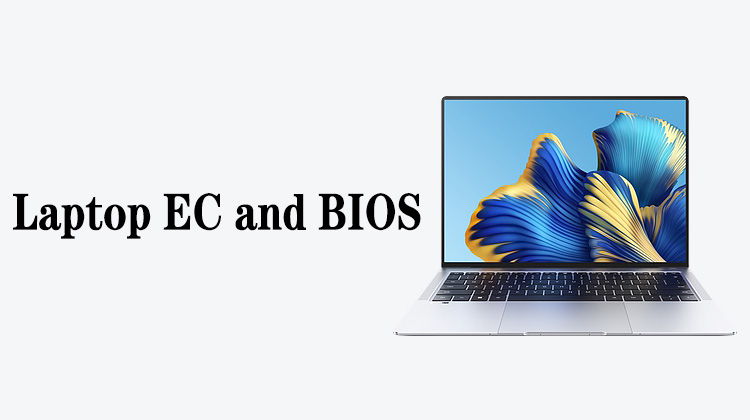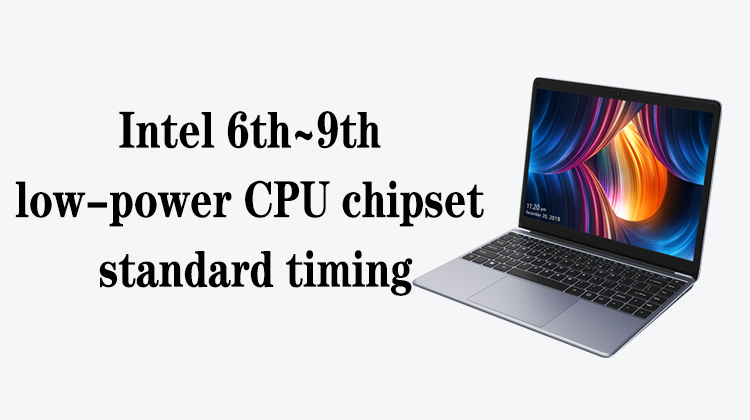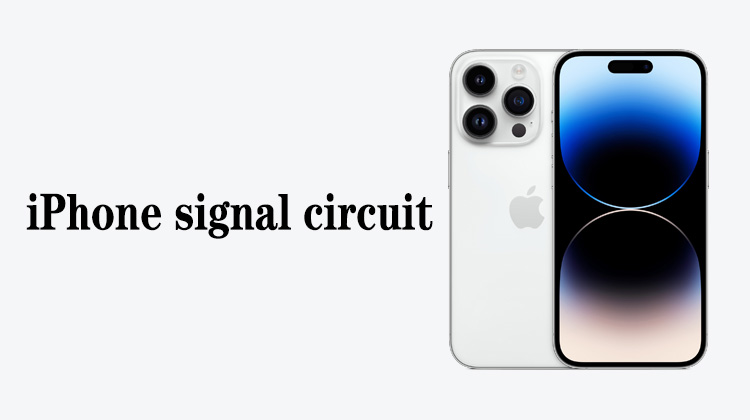1
00:00:00,266 --> 00:00:06,900
Hello everyone, today we will learn about the introduction of Type-C interface signals in Apple A2159 circuit
2
00:00:09,400 --> 00:00:12,000
This is an A2159 mainboard
3
00:00:12,700 --> 00:00:14,466
The Type-C connector is here
4
00:00:16,300 --> 00:00:22,200
The cable of the Type-C interface is inserted here, and two Type-C interfaces can be connected
5
00:00:24,400 --> 00:00:27,300
The chip near the interface is the Thunderbolt chip
6
00:00:29,566 --> 00:00:32,400
The two Type-C interfaces share a flat cable
7
00:00:35,666 --> 00:00:37,900
There are two Type-C controllers,
8
00:00:38,900 --> 00:00:41,900
one is on the front of the mainboard and one is on the back
9
00:00:42,933 --> 00:00:46,333
This CD3217 is the Type-C controller
10
00:00:47,233 --> 00:00:52,400
The position number of this interface is called J3300 in the circuit diagram
11
00:00:54,133 --> 00:00:57,666
Ok, let's take a look at the signal definition of this interface
12
00:00:59,300 --> 00:01:04,200
This connector manages two Type-C ports, so we split it in half
13
00:01:04,600 --> 00:01:09,633
After being divided into two halves, each interface has A side and B side,
14
00:01:10,733 --> 00:01:12,533
let's look at this part first
15
00:01:16,066 --> 00:01:19,133
The bottom one is the power supply line, VBUS
16
00:01:24,133 --> 00:01:30,166
The external name is PP20V_USBC_XA_VBUS, which is a power supply line
17
00:01:32,866 --> 00:01:38,633
If we plug in the adapter, the voltage from the adapter will be fed into the mainboard from this line
18
00:01:40,266 --> 00:01:43,400
When we connect peripherals from the Type-C interface,
19
00:01:44,300 --> 00:01:48,866
the power supply required by the external devices is also output from this line
20
00:01:49,500 --> 00:01:53,166
This is the CC bus for communication between the adapter and the mainboard
21
00:01:58,500 --> 00:02:01,466
Here is a pair of transmitting and a pair of receiving signals,
22
00:02:02,833 --> 00:02:05,633
which is equivalent to the USB3.0 bus
23
00:02:07,966 --> 00:02:13,133
The SBU bus is a multifunctional bus whose function in the circuit is defined by the program
24
00:02:15,366 --> 00:02:17,866
This pair is the USB2.0 bus
25
00:02:18,966 --> 00:02:22,333
This is the pin definition for one side of the interface
26
00:02:23,433 --> 00:02:25,400
A Type-C interface has two sides,
27
00:02:27,266 --> 00:02:30,400
and the pins on the other side are defined on the B side
28
00:02:32,866 --> 00:02:36,666
XB refers to the B side, and XA refers to the A side
29
00:02:41,433 --> 00:02:46,633
Side B also has power supply, CC bus, and a pair of transmitting and receiving signals
30
00:02:48,500 --> 00:02:52,366
It also has SBU bus, and USB2.0 bus
31
00:02:56,466 --> 00:02:59,900
These are the A-side and B-side pins of a Type-C interface
32
00:03:00,533 --> 00:03:03,833
On the other side, this is another pin of the Type-C interface
33
00:03:04,266 --> 00:03:07,133
One connector manages two Type-C interfaces
34
00:03:07,800 --> 00:03:13,433
This side is also divided into B side and A side, and the signals on both sides are here
35
00:03:14,666 --> 00:03:17,433
This is the pin definition of the Type-C interface
36
00:03:21,166 --> 00:03:25,600
When we plug in the adapter, no matter which Type-C interface is plugged in,
37
00:03:26,000 --> 00:03:28,000
it can supply power to the mainboard







